HI5020 Corporate Accounting: Financial Analysis of Banking Groups
VerifiedAdded on 2023/06/03
|9
|370
|484
Report
AI Summary
This report provides a comparative financial analysis of Westpac and ANZ Banking Groups, two public limited companies listed on the Australian Securities Exchange (ASX), applying corporate accounting principles. It delves into key financial aspects such as owner’s equity, effective tax rate, and cash tax rate, drawing insights from the cash flow statements of both organizations. The analysis aims to highlight the importance of corporate accounting in understanding business performance and financial health, referencing academic literature to support its findings and offering a structured overview for readers to grasp the nuances of financial analysis in the corporate sector.
1 out of 9
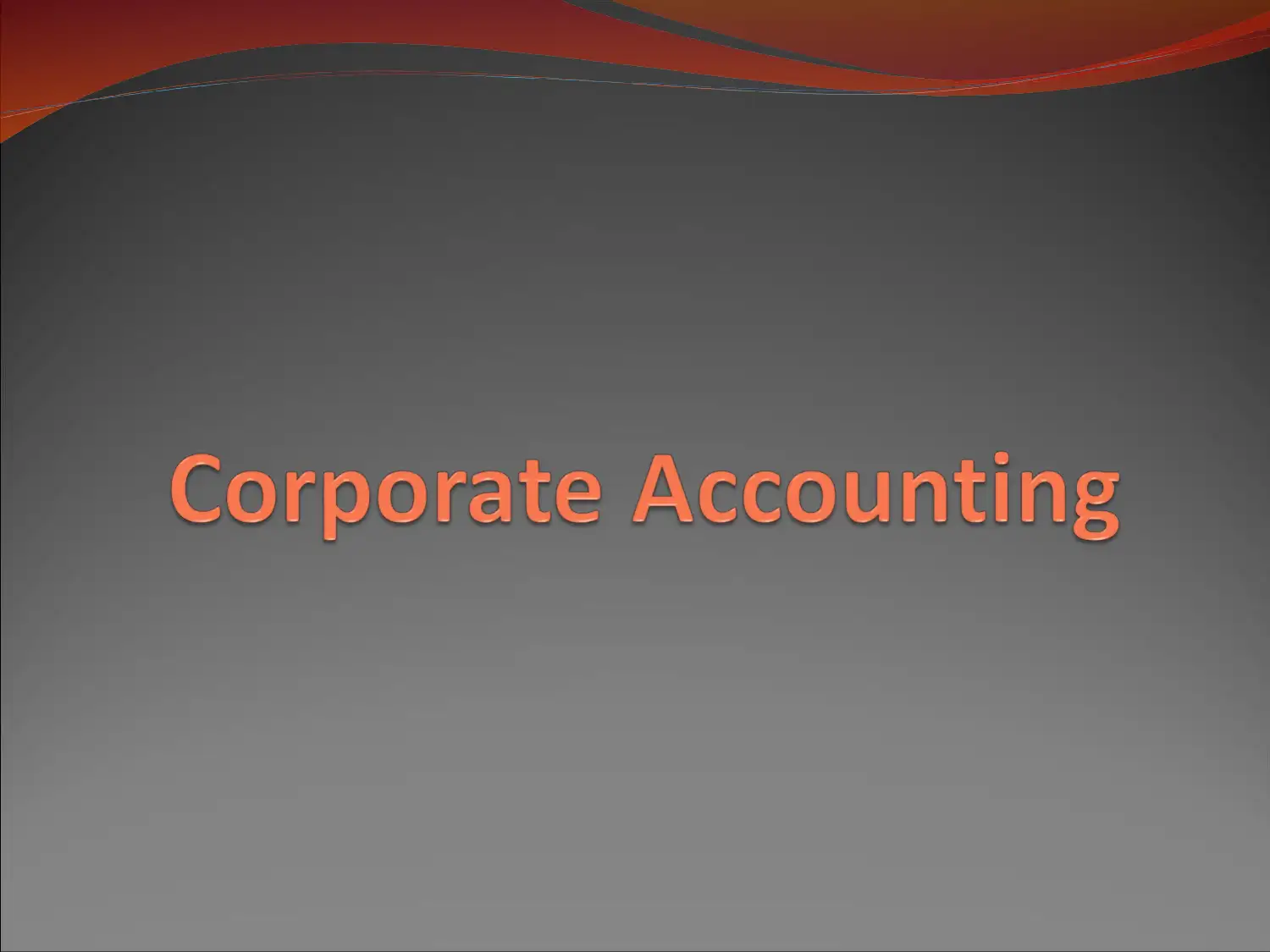
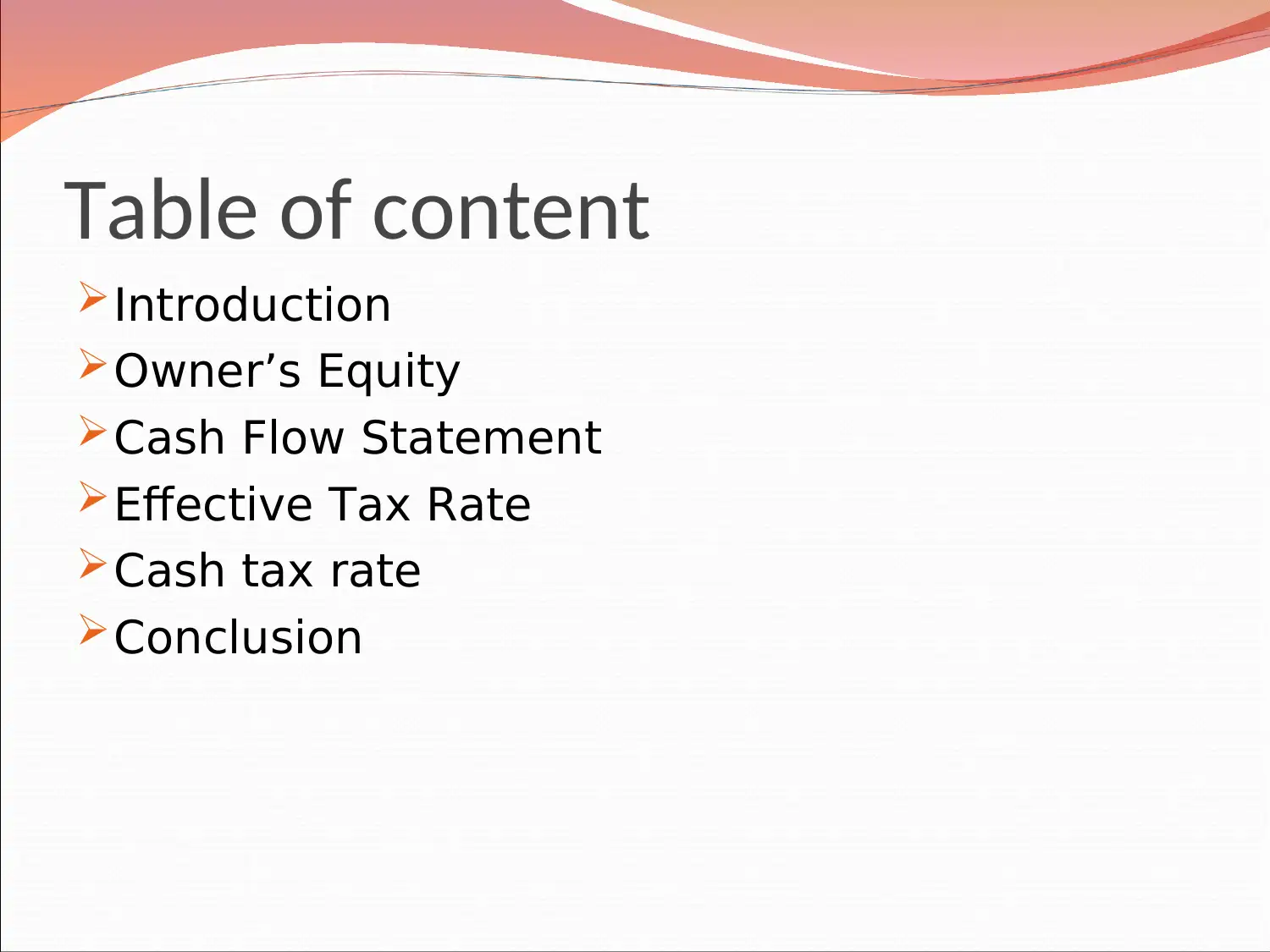
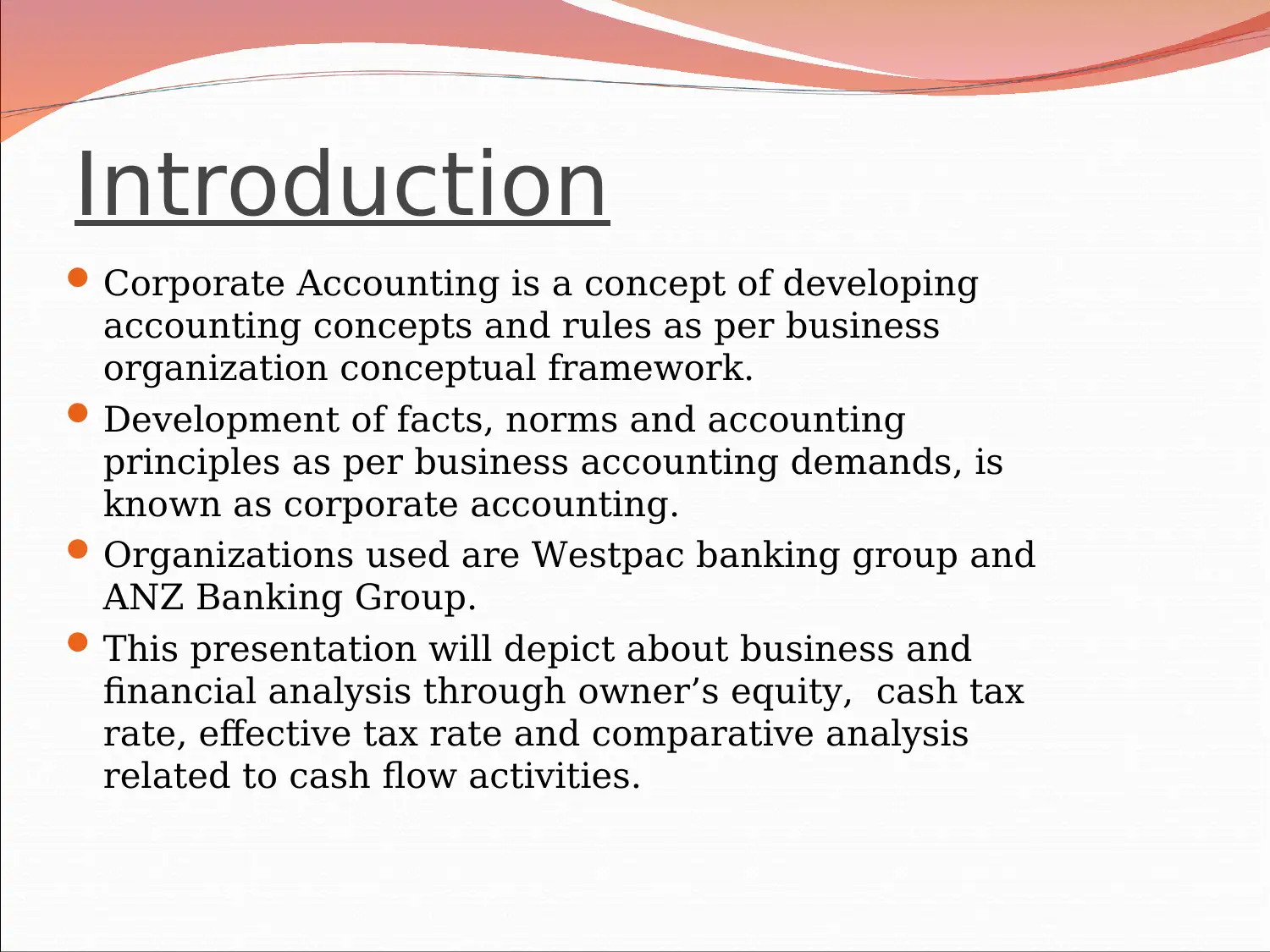

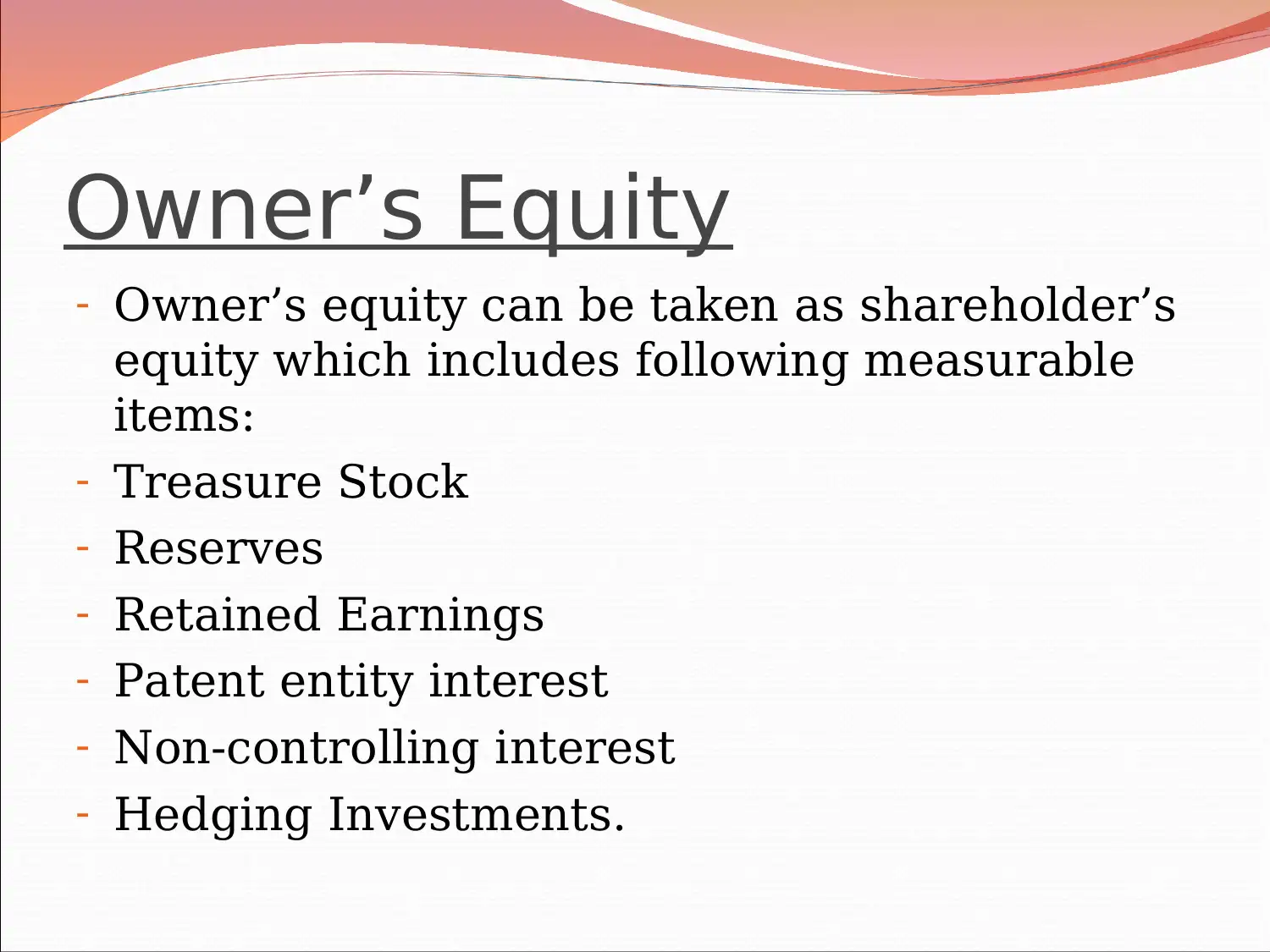
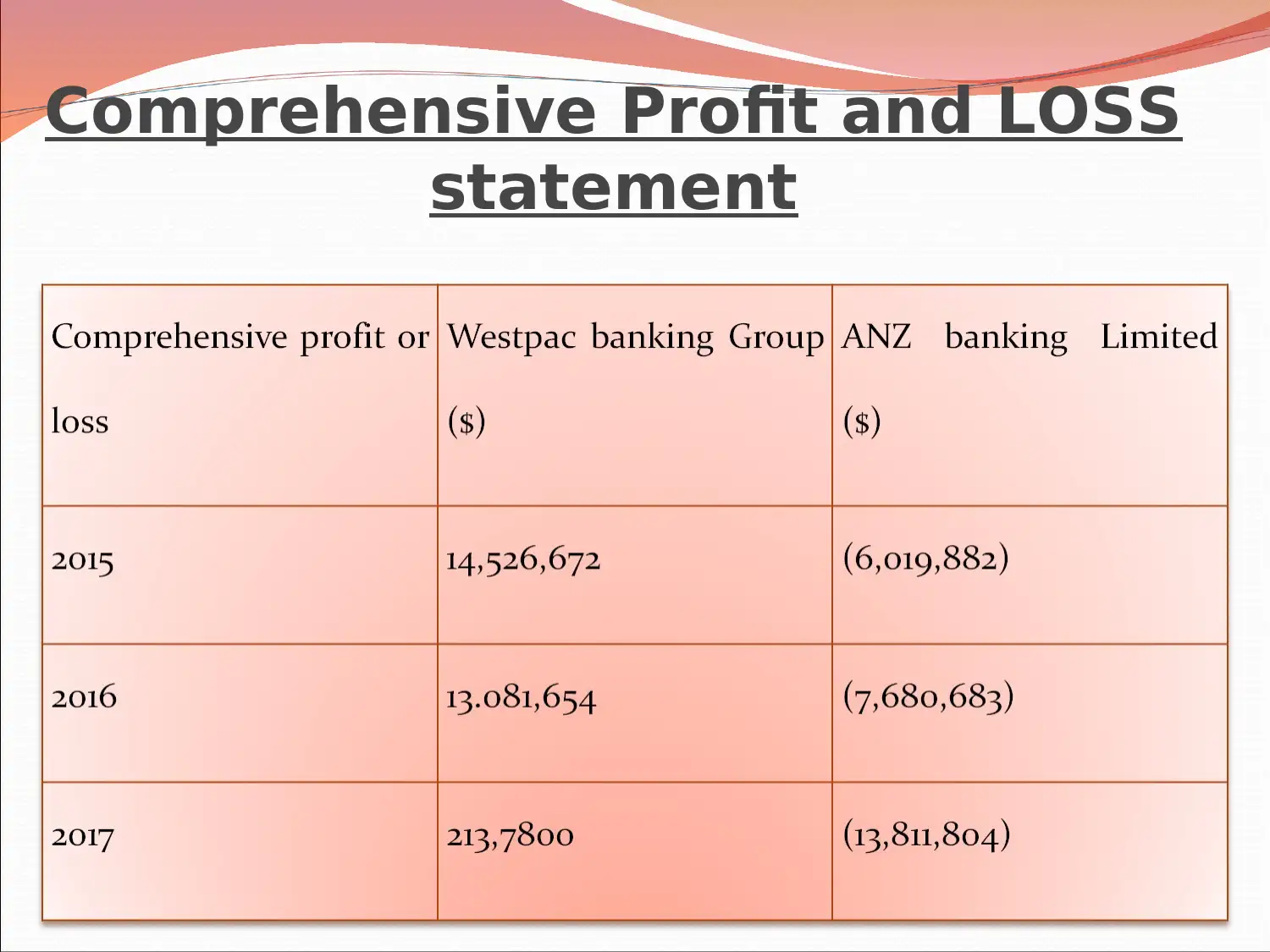
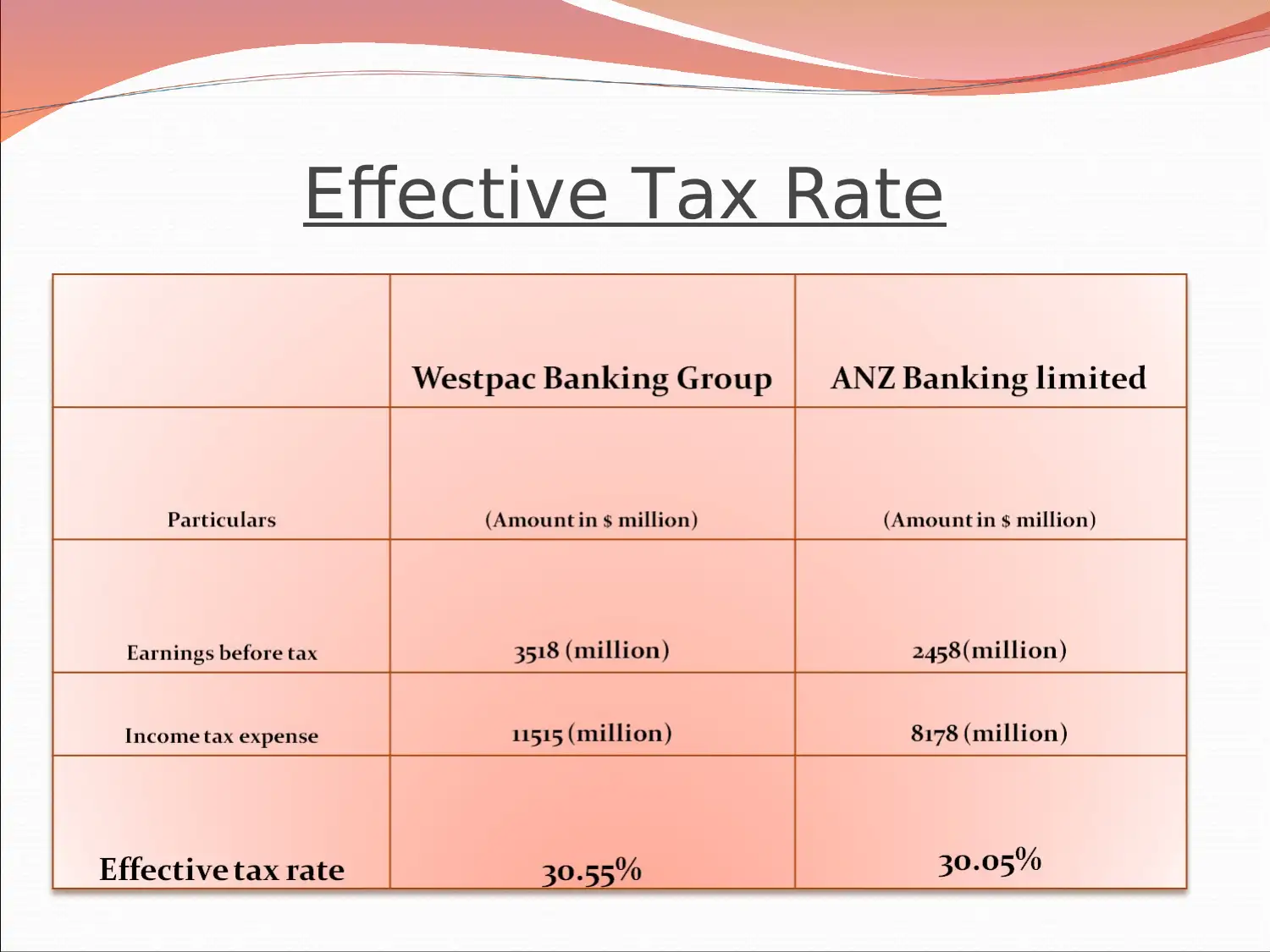
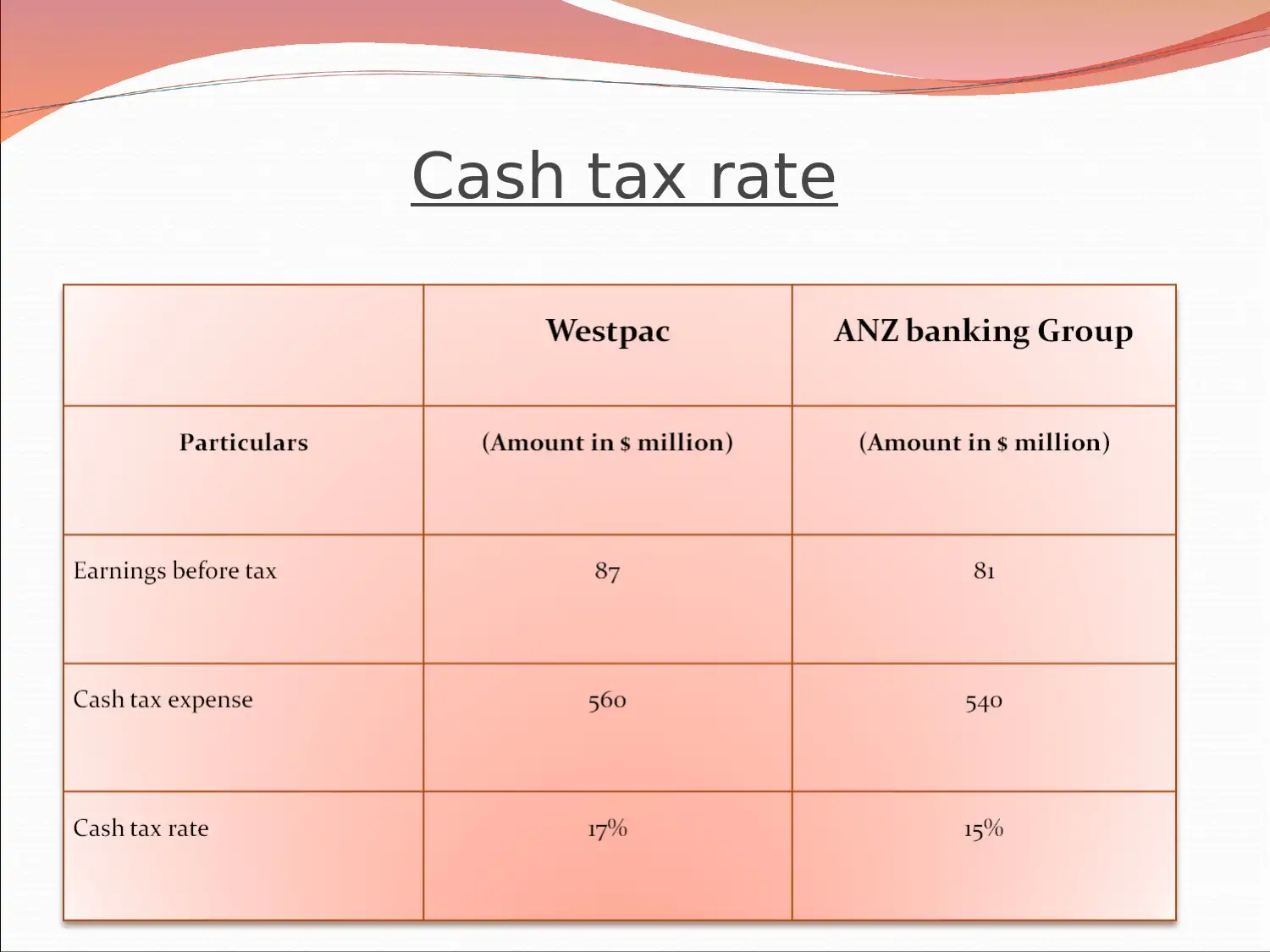
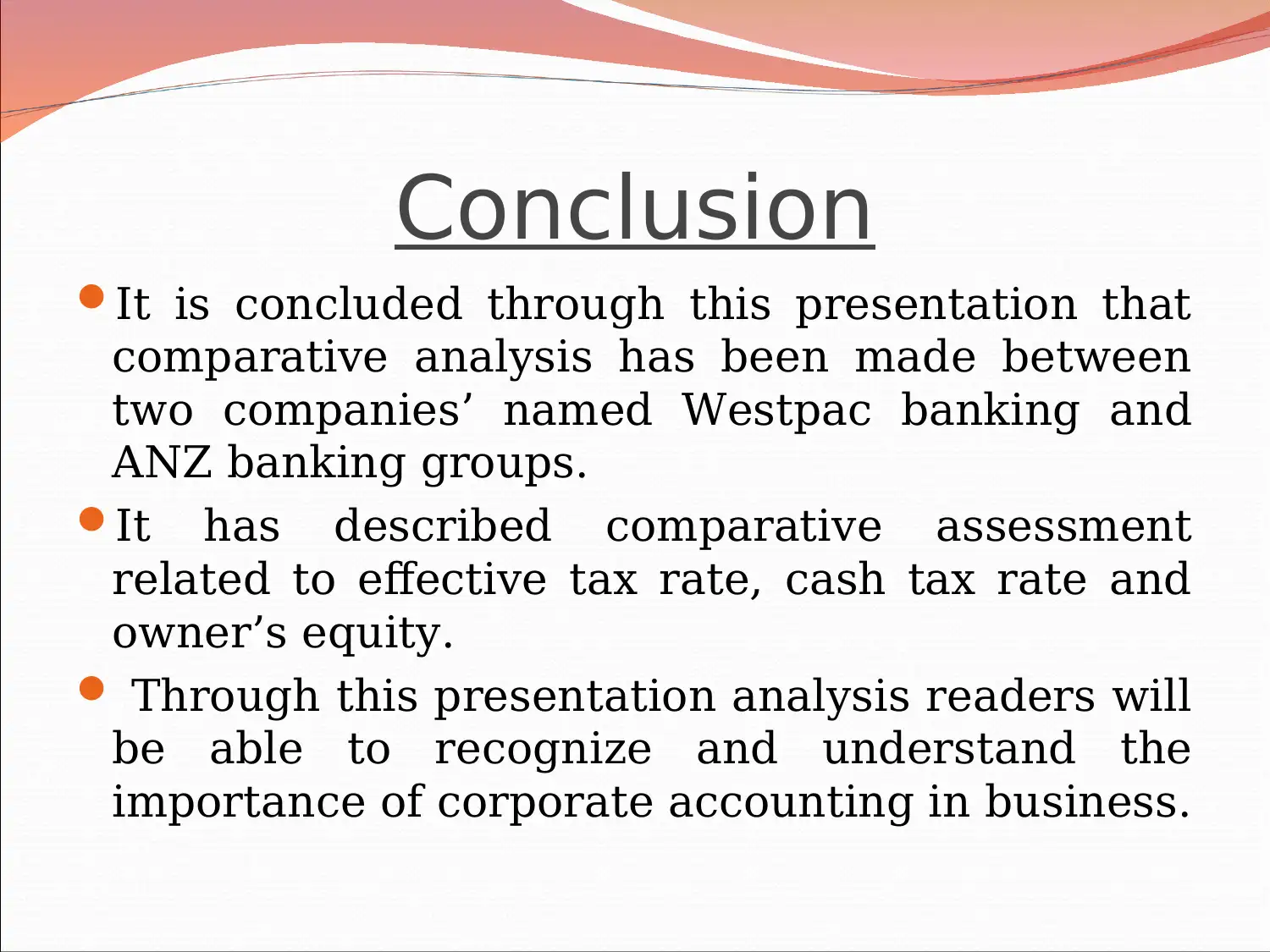
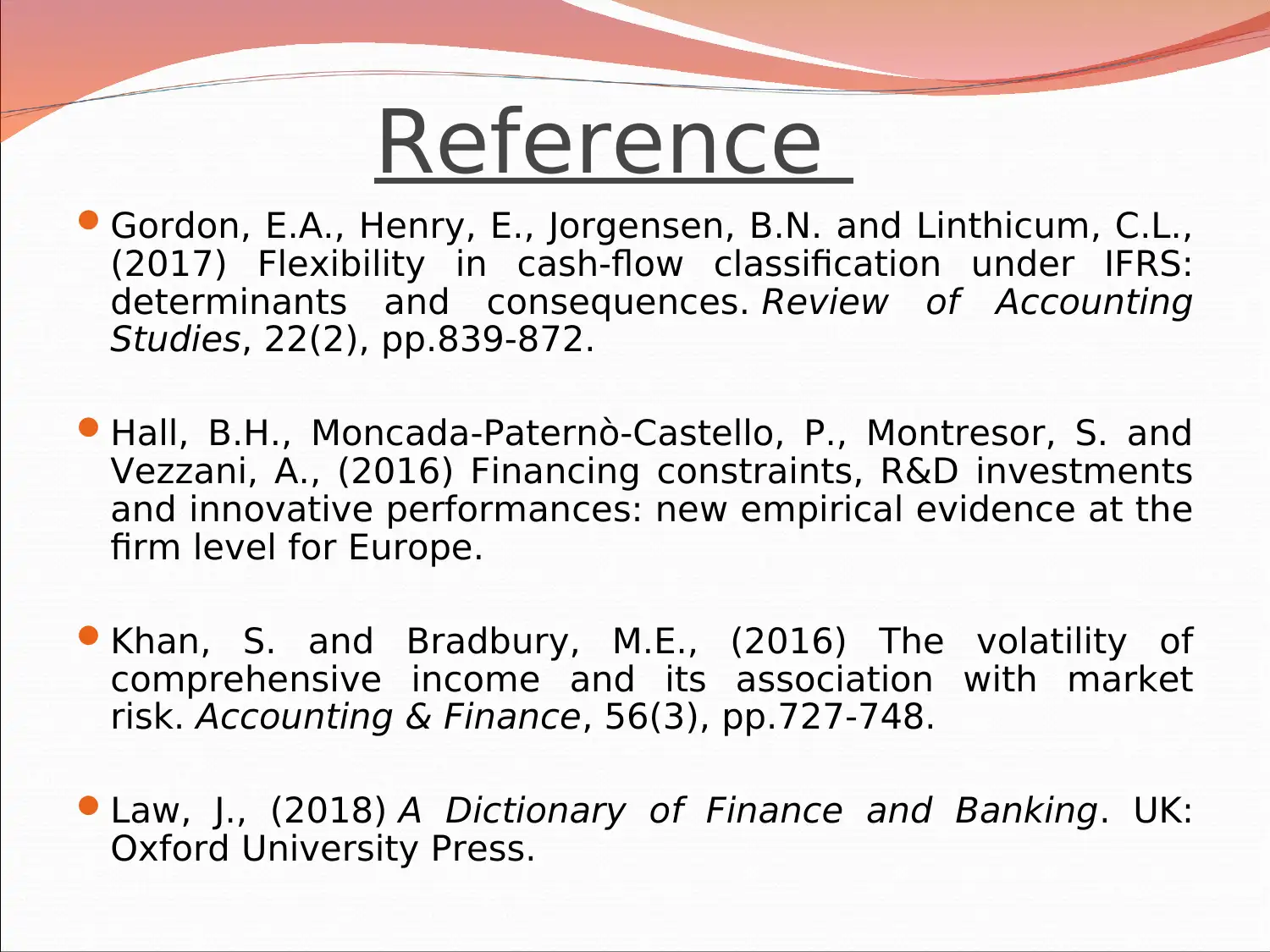






![[object Object]](/_next/static/media/star-bottom.7253800d.svg)